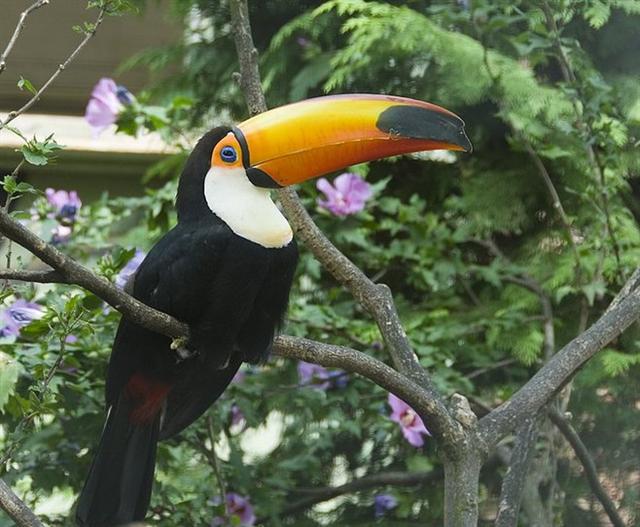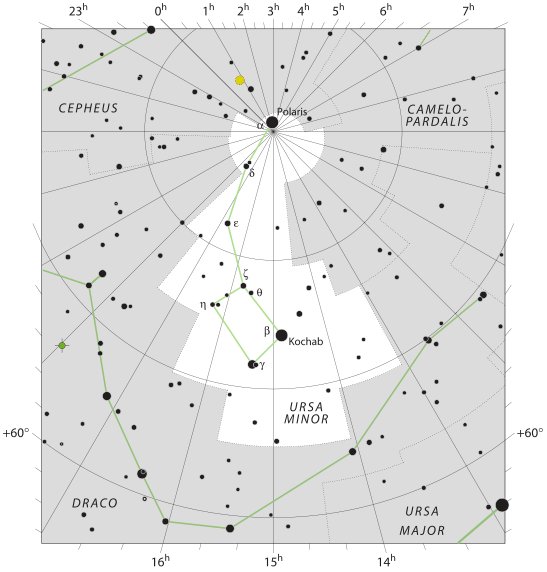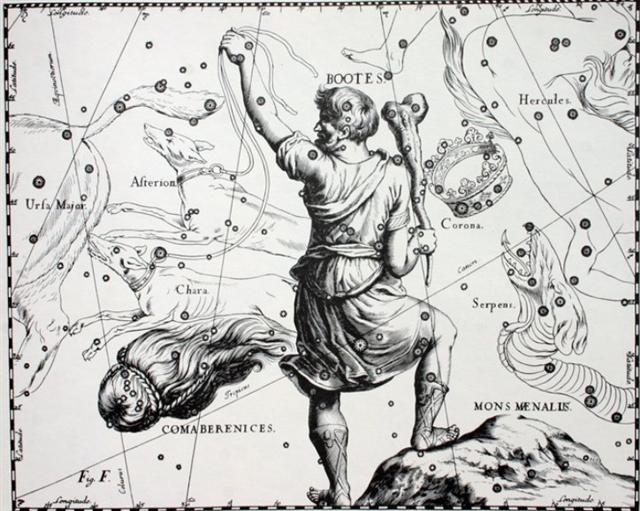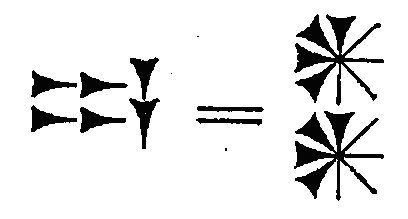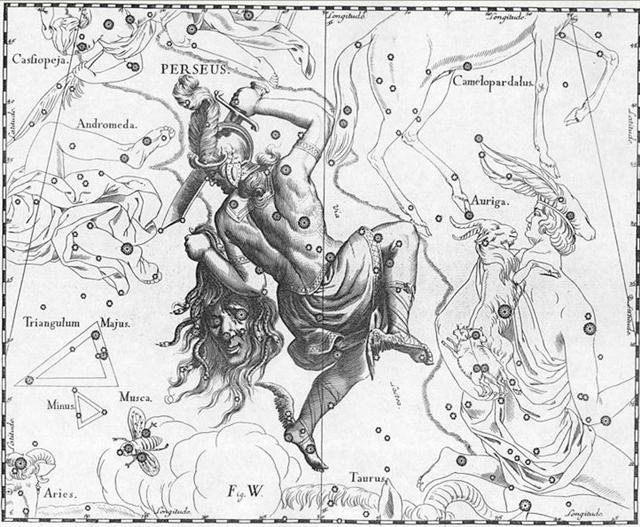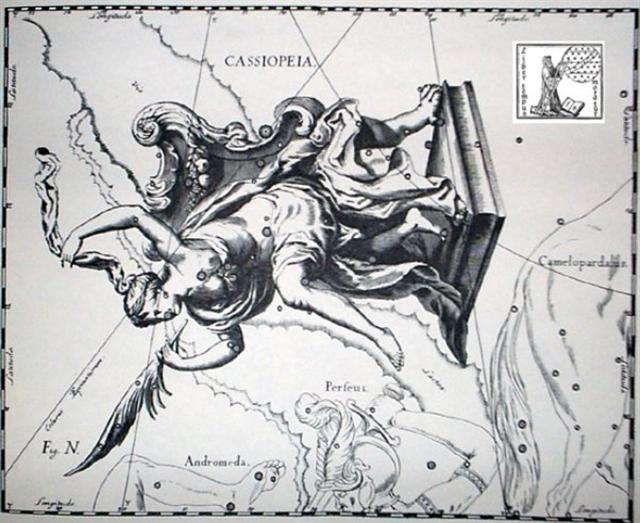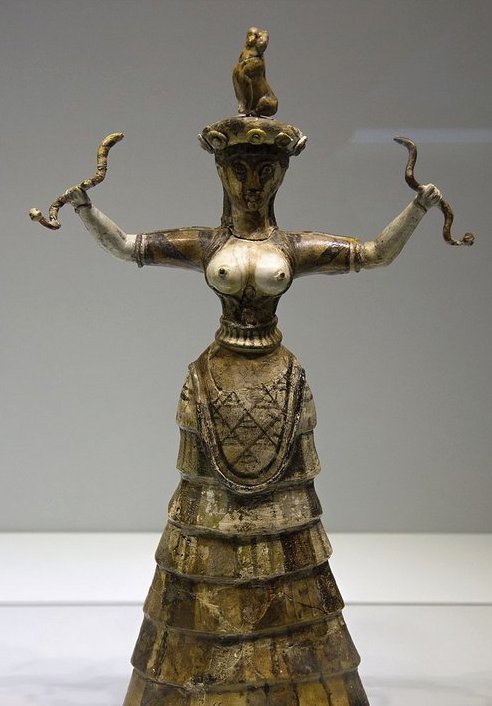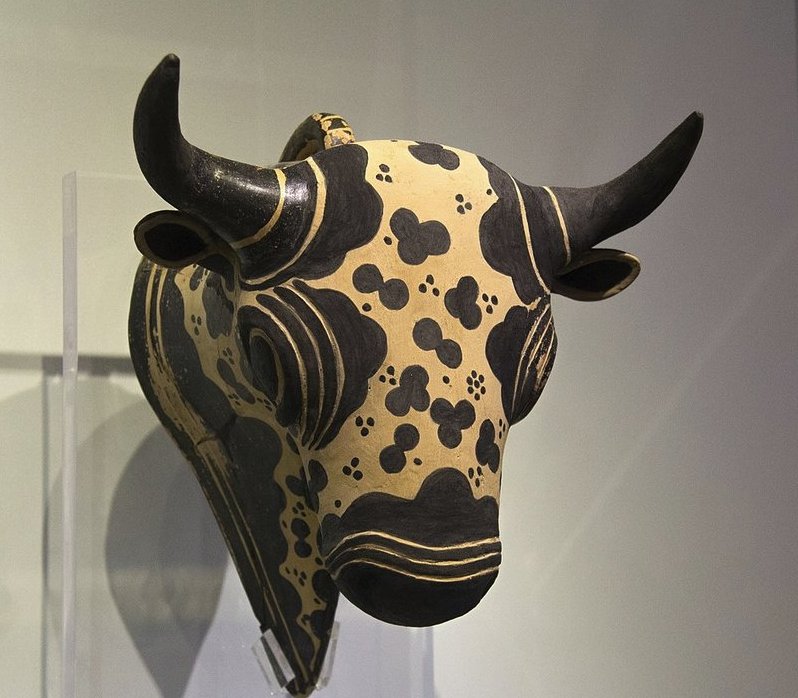|
584
9 Should we then look up towards the night sky in order to find some explanation - origin laid out - for the score number 20 (XX) we should find the difference between the synodic circuits of Jupiter and Saturn.
... The four bereaved and searching divinities, the two mothers and their two sons, were joined by a fifth, the moon-god Thoth (who appears sometimes in the form of an ibis-headed scribe, at other times in the form of a baboon), and together they found all of Osiris save his genital member, which had been swallowed by a fish ... ... The dream soul moved along a curve from Peke Tau O Hiti to the mountain Hau Epa, which she named 'Maunga Hau Epa A Hau Maka O Hiva.' The dream soul went to the other side of the mountain Hau Epa. As soon as the dream soul looked around, she saw the sand (beach), which was very white and light. She remained there and explored everything ... ... Freeman describres the dualistic cosmology of the Pythagorean school (-5th century), embodied in a table of ten pairs of opposites. On one side there was the limited, the odd, the one, the right, the male, the good, motion, light, square and straight. On the other side there was the unlimited, the even, the many, the left, the female, the bad, rest, darkness, oblong and curved ...
All this taken together should then prompt us to look at the distance from Polaris
- glyph number 392 at the end of side a on the C tablet - to glyph number 398, six sleeping nights later:
*215.4 - *41.4 → 174.0 = 6 * 29 = 348 (number of glyphs on side b of the C tablet) / 2.
... it should be remembered that during many milleniums the polar point has gradually been approaching our pole-star, which 2000 years ago was far removed from it, - in Hipparchos' time 12º 24' away according to his own statement quoted by Marinus of Tyre and cited by Ptolemy. Miss Clerke writes as to this: The entire millenium before the Christian era may count for an interregnum as regards Pole-stars. Alpha Draconis had ceased to excercise that office; Alruccabah had not yet assumed it ...
Line Cb2 would then document the arrival of the Pleiades:
... The correspondence between the winter solstice and the kali'i rite of the Makahiki is arrived at as follows: ideally, the second ceremony of 'breaking the coconut', when the priests assemble at the temple to spot the rising of the Pleiades, coincides with the full moon (Hua tapu) of the twelfth lunar month (Welehu). In the latter eighteenth century, the Pleiades appear at sunset on 18 November. Ten days later (28 November), the Lono effigy sets off on its circuit, which lasts twenty-three days, thus bringing the god back for the climactic battle with the king on 21 December, the solstice (= Hawaiian 16 Makali'i). The correspondence is 'ideal' and only rarely achieved, since it depends on the coincidence of the full moon and the crepuscular rising of the Pleiades ...
|


